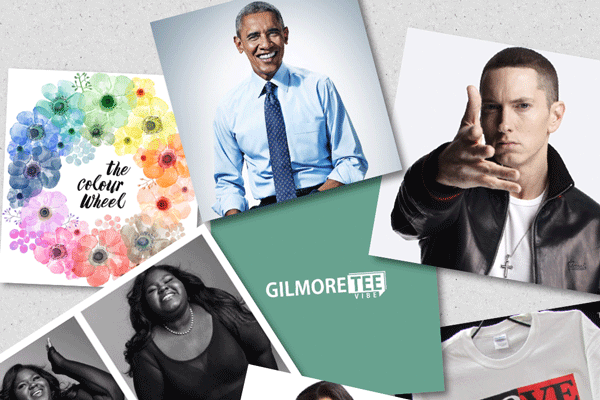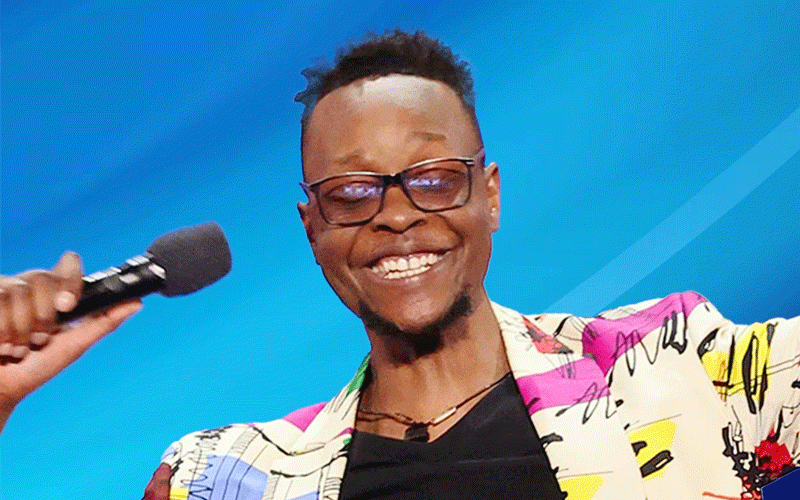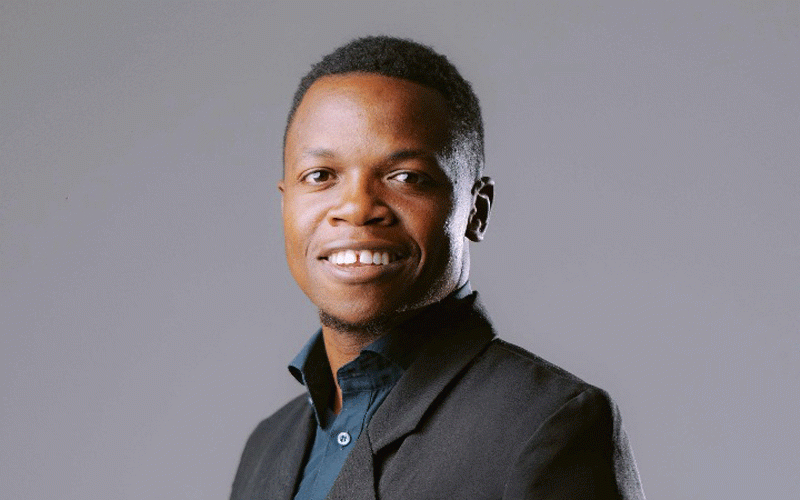
While doing my podcast, which was launched last Friday, a few things came about, one of them being the issue of classification of the human race according to one’s colour, texture of their hair, language spoken, religion practised and even the size of their body.
global citizenship with Gilmore Tee

It is fascinating how at times we find the importance of clearly stating these unique differences and we notice them when they are indicated by an outsider. I will give an example of how I literally went to a mixed race school and I grew up to see the next person as a human being, more than the societal obvious features. I am sure someone is going to say I am ignorant or I am trying to put the human nature in one basket, something that hasn’t been happening of late.
There are times I would walk with one of my closest friends and we would bump into another colleague whom we would greet, obviously. At a later stage, I would converse with that colleague who would refer to my friend as ”the white boy”, as if my friend had no name. Despite efforts of making introductions and also mentioning my friend’s name, one would still choose to tag my friend by their skin colour. It was then that I realised that as a people, we really exist in this space of classifications and describing people by how they look and what we see first. What happened to just calling someone by their name, if you know it? Also, I get tired of having to explain how I have mixed race cousins, a white uncle or an Indian aunt. It’s too much administration and effort to even start thinking about it.
This then brings me to my topic of the so hyped “plus size” phenomenon that has taken over our African continent and has also been a subject of propaganda from the first world. For fashion designers, making clothes for full-figured people has become such a special feature or advantage to their skills. Newspapers, radios and TV will even go ahead to follow the buzz and make a fuss out of a fashion designer making clothes for full-figured beings. When actress Gabourey Sidibe acted a sex scene in a series titled Empire, the following day it flooded the news. Hello, she is a sexual woman just like any other, who is simply portraying how being a woman is. It’s extremely pathetic how we even talked about it more than when Jennifer Lopez acts similar scenes. What is the difference? Also, have you ever questioned why you hardly see full-figured individuals on the covers of magazines?
Why has it even become amazing or spectacular that one makes clothes for a majority of our society? Why do we have special collections at fashion shows featuring full-figured and curvier people? When these individuals walk down the runway, the audience gets excited from seeing them as if they were something new. Why don’t we applaud our mothers, aunts, uncles, fathers and sisters who are full-figured when they walk down the corridor, walk into the room or just on the streets? Why has it become spectacular for us to have full-figured individuals participate in these platforms?
It is extremely sad how we have allowed other people to classify us, making us look at ourselves as “Not the right size”. Do not get me wrong, I am not saying let’s celebrate obesity; people need to eat healthy to stop dying fast from intake of junk food. We need to celebrate our being and stop listening to voices that make us feel like we do not belong in this so-called globalised world. Bravo to fashion designers such as Yvette Ndaba, Zama Mathe of Zarth and Thula Sindi who have made us realise that our abnormal to others, is very normal to us — we ought to take pride in ourselves.
I am simply questioning the morals that we have adopted, the comfortability we seem to have been subdued into and above all, allowing ourselves to feel inferior because someone told us that a size zero is the average model internationally. From an African perspective, the majority of our population is made up of full-figured individuals; hence I actually think that there should be a special edition of minus size instead. Why have we allowed international trends to categorise our normality into something foreign that we end up neglecting ourselves? We need a shift in mind-set completely; I hope it won’t be too late to do so.
- Chamisa under fire over US$120K donation
- Mavhunga puts DeMbare into Chibuku quarterfinals
- Pension funds bet on Cabora Bassa oilfields
- Councils defy govt fire tender directive
Keep Reading
Gilmore Tee is a well-travelled social entrepreneur, public relations and branding consultant, host as well as curator. He is the co-producer of the weekly #GTeeVibe podcast and also one of the leading fashion facilitators from southern Africa. He can be reached on www.gilmoretee.com or Facebook/Instagram/Twitter/SnapChat: Gilmore Tee











